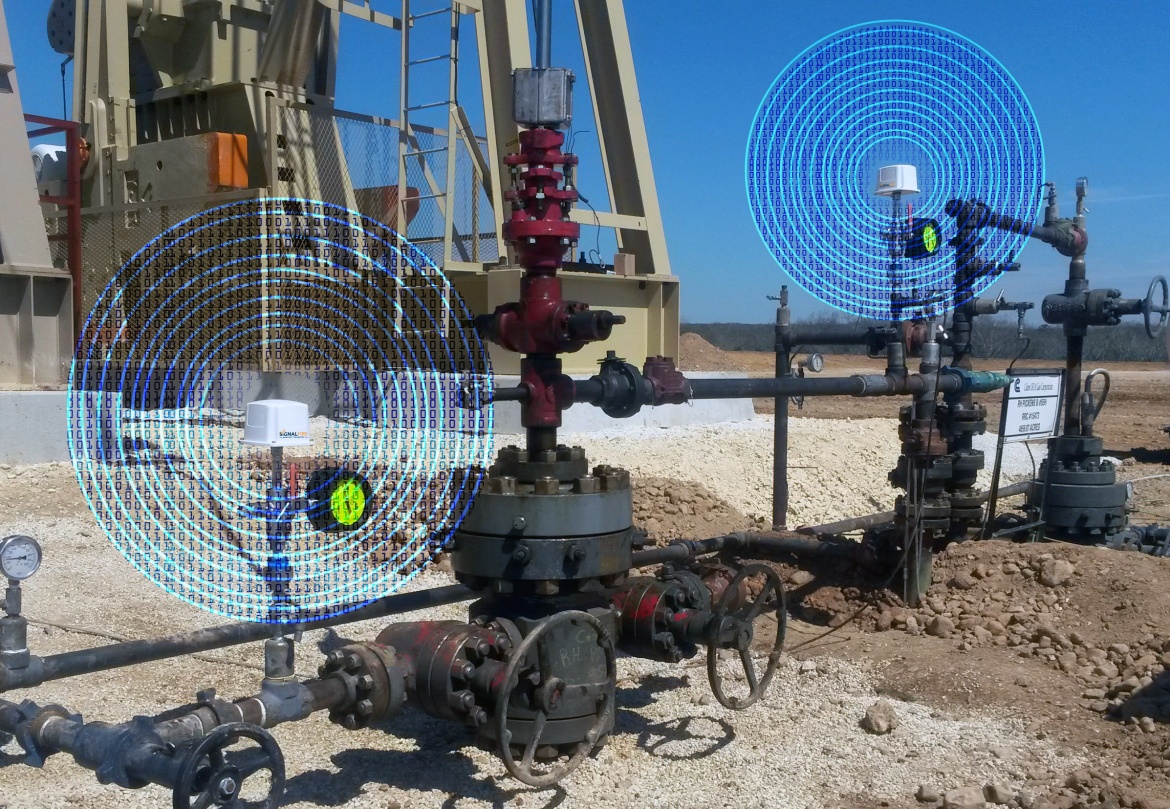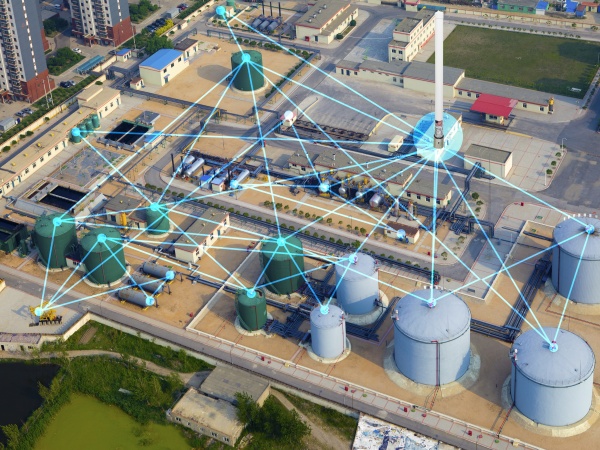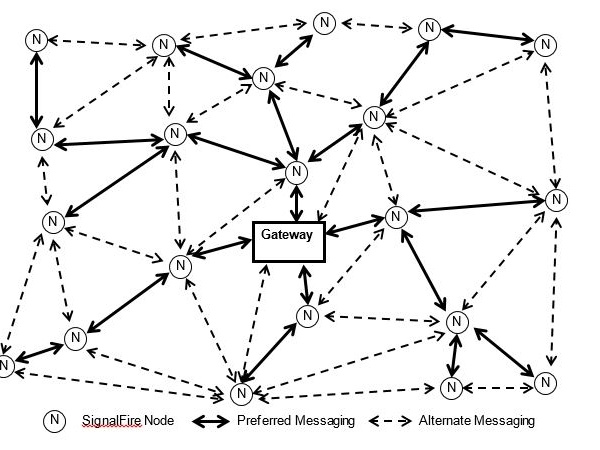
Mesh Networking Overcomes Limitation of Traditional Mesh Systems
In recent years, a variety of wireless technologies has been developed to facilitate remote communications and data transfer. Mesh networking is an emerging technology that overcomes some of the substantial limitations of older telemetry systems. SignalFire’s wireless system incorporates mesh networking at its core and, using long-range, outdoor-rated radios, enables large-scale mesh networks.
What is Mesh Networking?
Mesh networking is a wireless technology that permits many wireless devices to self-configure into a web-like structure. Nodes move data in a peer-to-peer fashion (from one node to another) or between a node and an external connection (gateway), which is typically a hard connection to the Internet or a wireless modem. Range can be greatly extended due to the multiple “hops” between the remote monitoring/control points and the Central Gateway.
Three critical attributes of a well-designed mesh network include:
- Data movement in “hops” from device to device as it travels from one point in the mesh to another. This hopping permits lower power data transmissions and placement of devices over a larger area, increasing coverage and reducing installation problems.
- Data may take alternative paths to its ultimate destination, assuring robust operation should a node become lost.
- Nodes self-install into the network. NO configuration is required.
Most mesh networks use three types of devices:
- Gateway – The interface between the wireless mesh system and another network (often the Internet or computer), the Gateway often provides administrative functions to manage the mesh. The Gateway is the “center” of the wireless system.
- Routing Nodes – These are standard nodes that connect to devices. (Devices may be sensors, actuators or computers.) In addition to monitoring and/or controlling the device, that routing node will participate in the mesh network. Routing nodes are usually line/solar powered, but battery operation is practical in some cases.
- Client Nodes – Clients perform a subset of the functions of a node. Typically, they send and receive data from the device to which they are attached but do not participate in the mesh. Clients are usually battery powered.
The Outdoor Challenge
In outdoor environments, a wireless system may spread over many square miles. Often, hills and buildings may block the radio signal, making a “star” (no hopping to the Gateway) network impractical. SignalFire’s system, with its relatively long-range radios, can solve this problem and allow you to deploy a system over a large area.
Read more about SignalFire’s unique two-way mesh technology at https://signal-fire.com/about/technology/ or comment below.
0 Comments
Leave a reply
You must be logged in to post a comment.






